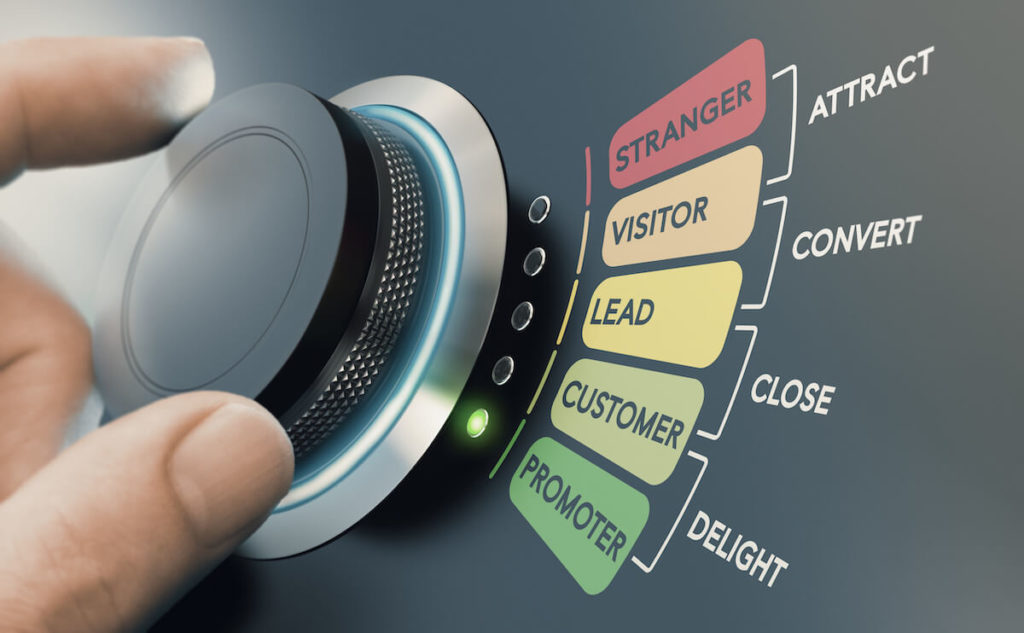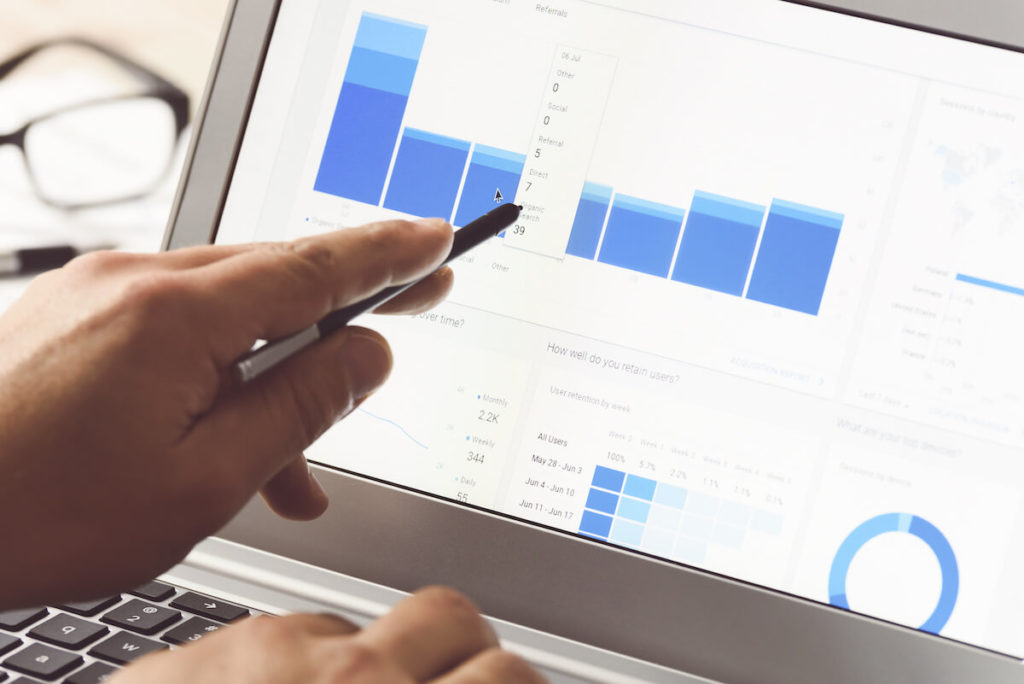
Measuring the effectiveness of your radio ad campaigns can sometimes be a challenge for marketers.
Imagine this: You’ve just invested thousands of dollars into a big hit radio campaign. It’s playing on all the popular stations in your targeted geographical markets. A few days after the campaign goes live, your boss asks you, “Well, did it work?”
You need to show that your investment paid off — but how?
That’s where the cost per conversion metric comes into play. By showing that your radio ad drove conversions at an economical cost per acquisition, you can prove your return on investment.
Failure to do so is almost as bad as burning money. You’re pouring more media dollars into marketing campaigns that may or may not work. Conversion data helps guide your strategy and protect your marketing spend.
In this article, I’ll show you how to find the cost per conversion of your next radio campaign. Before we dive in, let’s define cost per conversion and why it’s so important to track in your next campaign.
What is a cost per conversion?

There are a lot of fancy terms (some call them vanity metrics) that people track in order to gauge the effectiveness of their campaigns. Some are useful. Some are not.
But there is one adage that holds true for your campaigns: You can’t find the answer if you don’t know exactly what you’re looking for. If you don’t know what you’re trying to measure, you’ll never know if your campaign is working.
Cost per conversion is a metric that establishes the individual amount you pay in order to get a customer to convert. Typically, a conversion is a transacted sale, but other conversions could be a website download, filling out a form, or signing up for a demo.
Some marketers use cost per conversion and cost per acquisition (CPA) interchangeably. However, it’s important to note that these are both different from cost per click (CPC). Cost per click establishes the amount that the company paid to get an individual prospect to click a digital ad. With web-based radio streaming platforms, you can find a cost per click for your marketing campaigns.
The cost per conversion can help marketers understand if a marketing channel is right for their business. For example, your cost per conversion might be $5 on radio, but $23 for another out-of-home (OOH) advertising channel like a billboard in a certain zip code.
If you have the cost per conversion for each of your marketing channels, you can compare them to find the most effective way to target and reach your customers for the lowest cost.
But why is establishing the cost per conversion necessary for your radio ad campaigns? Aren’t there other metrics you could be measuring against?
The need for radio attribution data
Sometimes, marketers can feel like data is a dump truck continuously piling stats on them. In some instances, marketers may have more data than they know what to do with.
Over the past few years, there has been an emphasis on data-driven marketing tactics that have attribution data associated with them. So what metrics and customer data should they focus on?
For most channels, marketers should be able to tell the number of people who have bought and how much they have spent. These data points can guide marketers to the right channels and help them be good stewards of their marketing dollars.
For your radio campaigns, you should attempt to find a cost per conversion for each campaign you run. It is important to note, though, that some radio ad campaigns might be brand awareness campaigns rather than conversion campaigns.
A brand awareness campaign focuses on getting your ad in front of as many people as possible to increase knowledge of your company or brand. If you’re executing a radio campaign solely for brand awareness, you likely wouldn’t want to find cost per conversion numbers since conversions aren’t the end-goal.
A conversion campaign is a targeted campaign that has the sole objective of driving more sales for the business. Since most campaigns are often conversion-focused campaigns, you should know how to calculate cost per conversion to understand the effectiveness of the campaign.
Marketers are sharing this data with CEOs and business owners to guide the business’s decisions and make smarter marketing calculations.
Although conversion tracking for radio ad campaigns is a bit more complex than AdWords or other pay per click (PPC) campaigns, you can still take the time to calculate a cost per conversion for your campaigns to understand what is working and what is not.
How to calculate cost per conversion

Study up on this section, because there may be a test at the end of it. 😉
It doesn’t matter if you’re running Google Ads or radio ads. The way you calculate cost per conversion does not differ by channel or platform.
In fact, since you’re using it to compare campaign success across platforms, it’s important that you calculate it in the same way to ensure the validity and standardization of your results.
There is a simple equation to calculate cost per conversion for a campaign:
Total Costs / Total Number of Conversions = Cost Per Conversion
You should calculate this for every radio campaign that you’re running. If you have multiple sets of creative with different ad copy, you should a/b test to figure out which ad set had the highest conversion rate.
The total costs refer to your marketing budget for that specific campaign. How much did you pay to create the radio ad? Did you hire someone for the voiceover? How much did you spend to place the ad on the airwaves? Add all of these costs up to get your total costs.
The total number of conversions refer to how many people heard the radio advertisement and then purchased off your website or in your store. You can track this based on how many people mention your advertisement at checkout with a post purchase survey tool like Kno — Decibel also offers a conversion-tracking pixel which records conversions automatically based on clicks or listens.
Before measuring, you need to set an attribution window. This is the timeframe which you will attribute a sale to this campaign from customers who bought within a specific time frame.
For example, a customer may hear the ad and buy five days later. You could still count that as a sale that was driven by this radio ad campaign. The average attribution window is seven days due to Facebook having that as the company’s standard window.
Although cost per conversion calculations can sometimes be a bit murky for radio ad campaigns, there are still many steps you can take during the campaign set up to ensure you are able to get an accurate number.
Optimizing your radio ad campaign for cost per conversion

Successful marketers always have their eyes on the finish line (and it’s not because they are wishing that the campaign is over). Don’t start thinking about your ad campaign’s performance when it has concluded. Start thinking about it before you begin.
If you’re optimizing for conversions, there are many different ways you can set up your campaign to understand if it is working or not. Here are two of the most popular ones.
1. Create a custom landing page
Drive traffic to a custom landing page that is only accessible via the link in your radio ad. Create a special URL that is read off in your voiceover. This URL should not be accessible via your site or on your social media channels.
With this hidden landing page, you’ll be able to track those who listened to your radio ad and made their purchase through it.
2. Use a special coupon code
Include a unique coupon code on your radio ad. This may unlock special pricing or an offer that isn’t shared in other online advertising or digital marketing campaigns. The unique code will show how many people heard the ad and ended up purchasing.
You can compare that number of your conversions with your radio ad spend to find your cost per conversion.
3. Measure sales lift by geography
Run your ad in only a city such as Dallas and don’t do anything different in a comparable city such as Houston so it acts as a control for your experiment. Next, run your ad for four weeks and see what happens. Compare the sales lift versus the previous four weeks as well as against the control city. Did you see a clear lift in sales during the period that your ads ran in that city? That could indicate a number of conversions that you could attribute to your audio campaign.
Tracking your radio ad success

Even if you’re a beginner when it comes to radio ads, you still need to know how to calculate cost per conversion. This metric will serve as a benchmark for future campaigns you execute and guide you in the right direction.
To calculate cost per conversion, divide the total number of conversions by the total costs. With this data at your fingertips, you can determine if it makes sense to continue using that channel to reach your customers.
Launch your next programmatic audio ad with Decibel. Use one of our pre-made scripts as a foundation, create an AI-based voiceover, and launch your ad today in just a few clicks. Decibel makes it easy for you to reach your customers with audio-based advertising.